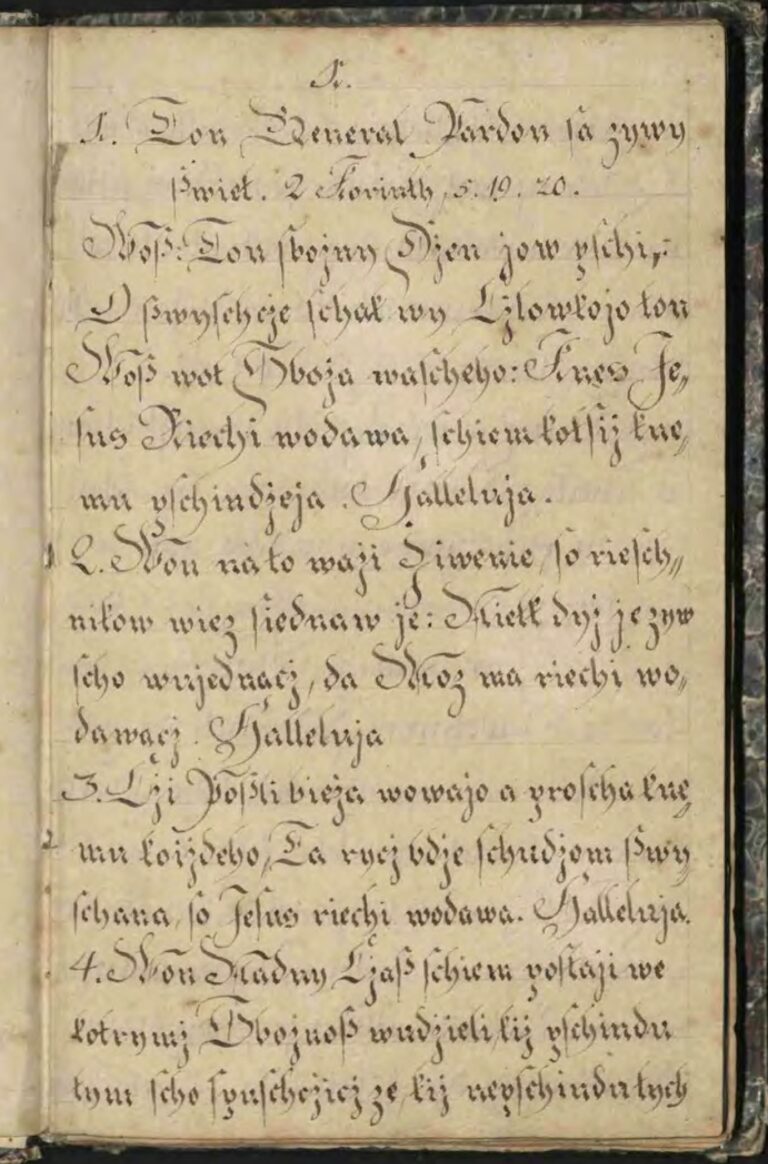Unusual Find: Handwritten Sorbian Songbook Discovered in Australia
A historian and a linguist of the Sorbian Institute are currently investigating a previously unknown handwritten songbook that was recently discovered in Australia. The results will be presented to the public in the course of the year (Sorbian Institute will inform in time).
At the end of 2021, the head of the Lutheran Archives in Adelaide, Rachel Kuchel, approached the Sorbian Institute in Bautzen with a very interesting find. This handwritten Sorbian songbook that was identified in the inventory of her archive had previously been marked as Czech, but by a lucky coincidence it was now recognized as an Upper Sorbian manuscript.
On 107 of its pages, the book contains 27 Upper Sorbian handwritten Protestant church songs, the longest of which includes 20 verses. The very clean handwriting based on printed scripts is particularly remarkable. Attached to the book are also a copy of the first issue of the Sorbian missionary newspaper edited by Handrij Palman , published in 1817, and as well as a multi-page Sorbian print of chorales from 1802, which was still absent from the Sorbian Central Library’s register. It can be assumed that the book discovered in Australia was created at the beginning of the 19th century and was taken to Australia by Sorbian emigrants. So far, however, neither the owner of the book could be identified, nor its way to the Lutheran archive in Adelaide could be reconstructed.
“The handwritten songbook provides a unique insight into the world of awakened Sorbs, who often translated themselves and compiled songs and texts for their home devotions – and eventually took them with them to the New World. At the same time, this handwritten book is an interesting testimony to Sorbian writing, for it stands at the boundary between handwritten and printed tradition”, says Lubina Mahling, historian at the Sorbian Institute. Together with her colleague Fabian Kaulfürst, she is currently examining the book from a historical and linguistic perspective. The results will be presented to the public in Lusatia and Australia later this year.

